Loosestrife: an invasive plant
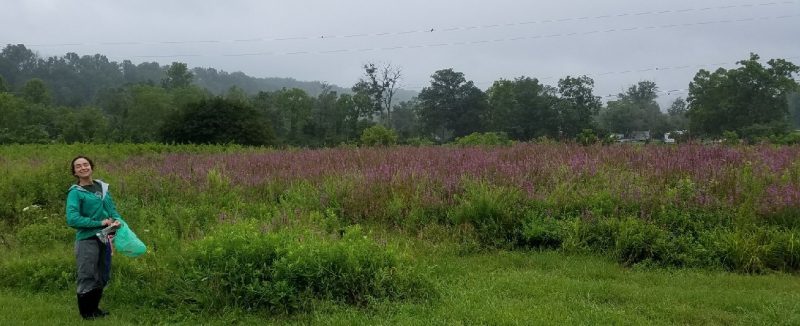
Collecting loosestrife samples near the Hocking River’s confluence with the Ohio River
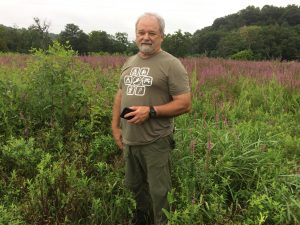
My dad helping me with fieldwork
Here is a collection of pictures of the beautiful but invasive purple loosestrife (Lythrum salicaria, Lythraceae) and some co-occurring associates. I took most of the loosestrife pictures, while my dad took most of the other pictures.
Meet the loosestrifes
- Purple loosestrife (Lythrum salicaria). Hairy, with large, close-together flowers.
- European wand loosestrife (Lythrum virgatum). Overall smaller, more slender stems and leaves.
- Winged loosestrife (Lythrum alatum). Uncommon prairie species native to the US.
Hybrid loosestrife?
I am currently trying to understand whether purple loosestrife hybridizes with another closely-related species in the wild. Purple loosestrife is considered one of the most destructive invaders in Eastern North America. Negative ecological and economic impacts of loosestrife invasion caused many states to prohibit its sale in the 1970s-80s. As a response to prohibition, nurseries replaced their stock of this beautiful flower with the closely related European wand loosestrife (Lythrum virgatum). It has been hypothesized that exchange of genes between these two species through hybridization may promote aggressiveness and spread of the loosestrife invasion front; hybridization has been similarly implicated in other invasive plant species. Previous research has shown the two loosestrifes can hybridize, but I am interested in whether wild populations of invasive loosestrife show genetic evidence of ongoing hybridization.
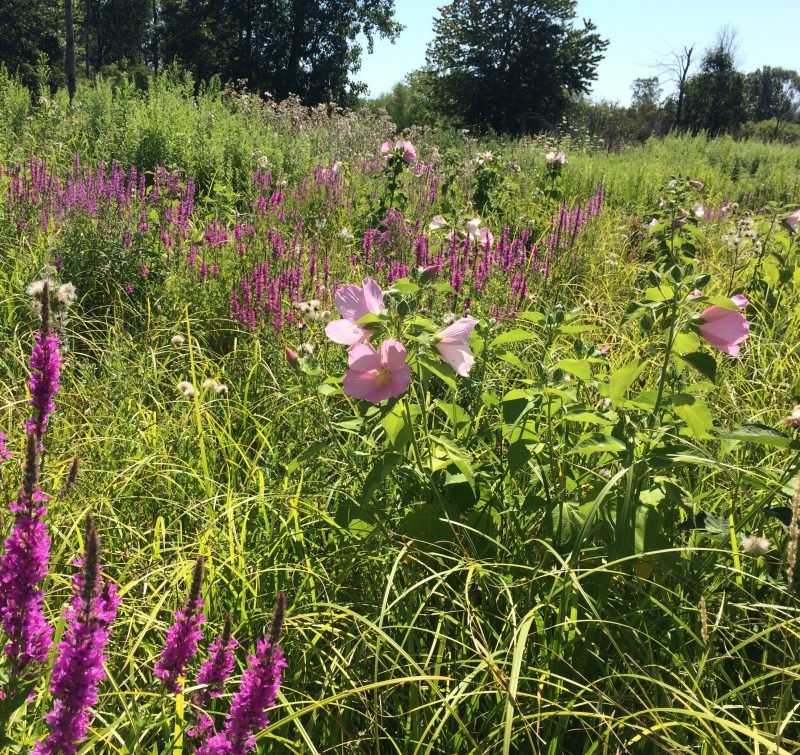
Loosestrife (and mallow!) at a wetland near Sandusky
Understanding Ohio’s invasion
Ohio is a good place to address my research question because the state has a long history of purple loosestrife invasion, while European wand loosestrife remains unregulated (until next year!) and is commonly used for landscaping. My collections from wild populations show some morphology consistent with hybridization. I am in the process of applying a genetic technique to scan my collections for evidence of hybridization. This research has implications for policy and management of this invasive species, and provides new genetic markers that can be generalized for studying many other questions regarding loosestrife biology.
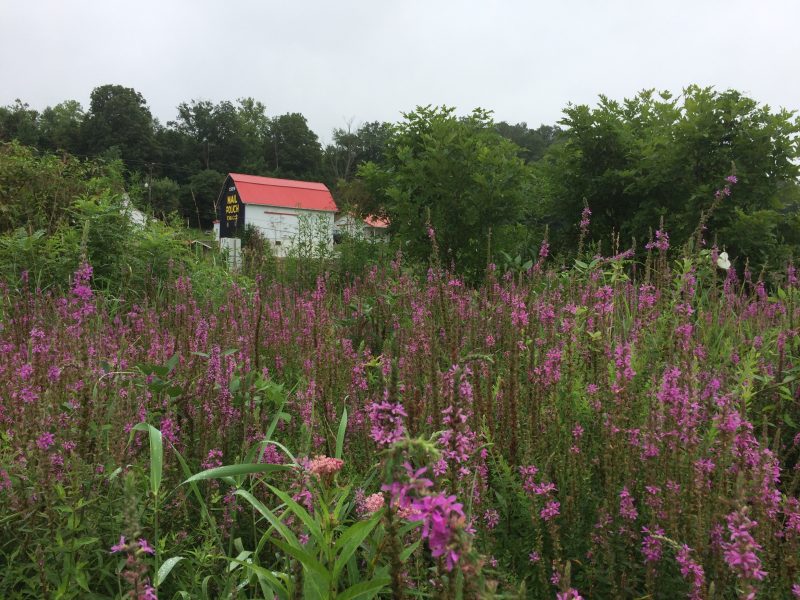
Loosestrife invading a picturesque, rural wet meadow, near Marietta
Associated species
Loosestrife grows in wet place, like wetlands, river banks, and wet meadows. Here are some co-occurring species.
- Buttonbush (Cephalanthus occidentalis), a native shrub of wet places
- Teasel (Dipsacus fullonum), a non-native weed of meadows
- Moth mullein (Verbascum blattaria) with false indigo (Amorpha fruticosa) in the background, at the Olentangy Trail
- Alternate color morph of moth mullein (Verbascum blattaria). I love how the floral morphology mimics a bee!
- Self-heal (Prunella vulgaris)
- Swamp rose mallow (Hibiscus moscheutos). Color can range from white to dark red, this specimen is somewhere in the middle.
- Red clover (Trifolium pratense) with a swallowtail butterfly
- Swamp milkweed (Asclepia incarnata) with a bumblebee
- Wild bean vine (Apios americana)

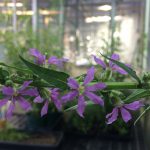
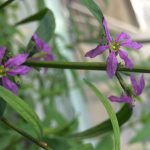
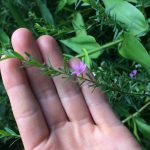
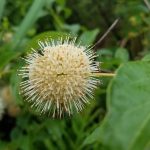
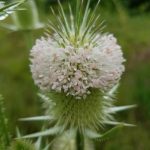

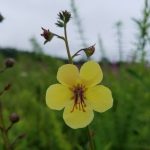
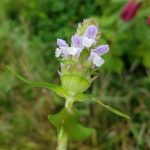
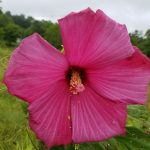
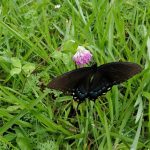
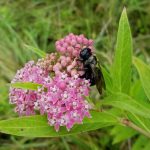
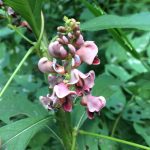
This is truly useful, thanks.
This is truly useful, thanks.
Thank you for the information. How has your research progressed? I do have a question for you. I have been looking for information on the “gooseneck loosestrife” and its impact in Ohio. Is it considered invasive? Thank you!